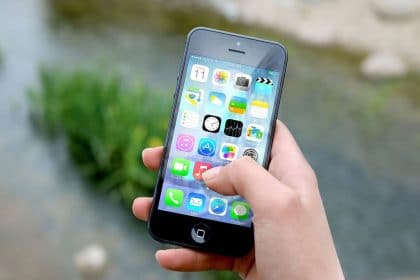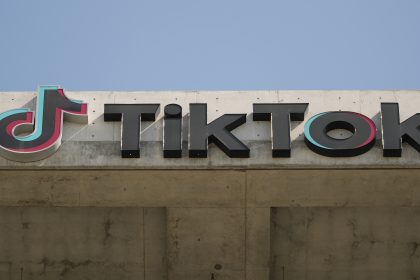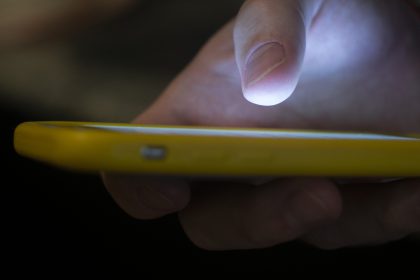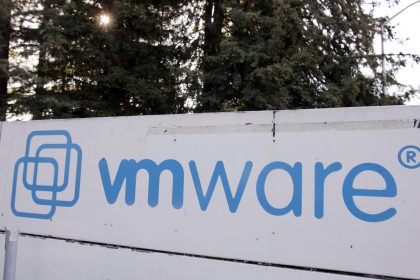Pandemic Makes the Case for Fiber Optics in Broadband Deployment, Witnesses Say

WASHINGTON – Before the pandemic, a rural community’s public library in Vermont always saw its parking lot full on Sundays, even though it was closed. The parking lot was filled to the brim with school children finishing their classwork or adults remotely working,“[making] the most of the Wi-Fi leaking from the [library’s] windows,” said Matt Dunne, the founder and executive director of the Center on Rural Innovation yesterday.
The pandemic has now widened the digital divide between communities with access to broadband and those without, particularly communities of color and rural ones, Dunne charged. An estimated 20% of the rural American population lack access, he said, and 46% of rural Black residents still do not have at-home broadband. His remarks came during a House Committee on Appropriations hearing discussing whether the US needs universal broadband service and what is necessary to close this digital divide.
In the time since President Joe Biden announced his infrastructure funding goals through the American Jobs Plan, there has been a cross-aisle debate on whether broadband should even be considered as infrastructure, like bridges, roads and highways. Today, it seems the tides are turning towards seeing broadband as “important to modern life as electricity and water,” said Rep. Mike Quigley, D-Ill.
All the witnesses before yesterday’s congressional hearing agreed there should be long-term, if not permanent, broadband deployment efforts that begin with the underserved communities, focusing the majority of the funding on deploying fiber optic cable to these communities rather than wireless or satellite solutions. Another area of agreement was the need to utilize public-private partnerships not only to verifiably map out the underserved areas, but to enable states and regions to allocate the funding efforts to where they’re needed the most. And private companies that receive government funding to deploy such solutions need to be held accountable for the promises they make.
Short-term solutions like hotspots and wireless are good “fast responses” to the immediate needs of communities, Dunne said, but they would not meet the “demand for scale.”
The pandemic has accelerated the world’s digital transformation. Typically, people download more data than they upload, so the downstream speeds need to be higher than the upstream speeds. With students learning virtually or even just playing more games online, along with millions of adults working remotely, they are uploading more data than before. And these new forms of work, learning and telemedicine are here to say, the witnesses agreed.
A lot of the prior government funding for broadband deployment was based on “very low broadband speed minimums” that have become “asynchronous,” with the need for high download speeds and low upload speeds, said Lang Zimmerman, vice president of Yelcot Telephone Company.
Requiring high and symmetrical broadband speeds would lead to investment in fiber, as this can handle the higher internet speeds as well as be easily upgraded to take on increased traffic on the network – known as capacity – Zimmerman said. He admitted this kind of fiber deployment is expensive and difficult, as well as full of red tape for land permits and the likes, causing some private actors to abandon past efforts.
But capacity is expected to increase 20% annually, Zimmermann said.
Both Zimmerman and Dunne repeatedly said fiber-based systems are “future-proof,” especially if the U.S. seeks to close the divide between urban and rural communities. At the beginning of last year, “more than half of the [US] rural counties had returned to their pre-recession [of 2008] economy, and COVID-19 only knocked these counties to new lows,” Dunne said. Rural communities make up 15% of the US workforce, “but only 5% of the digital economy jobs,” he added.
Dunne concluded that the pandemic saw “city dwellers” move to “beautiful rural settings,” bringing their jobs with them, thus growing communities and their economies. And this, he explained, was “powered by great broadband.”
“If we do not focus on delivering future-proof broadband, we will be back here in five years and billions of dollars later, discussing once again the inequity in broadband connectivity,” Dunne warned.























